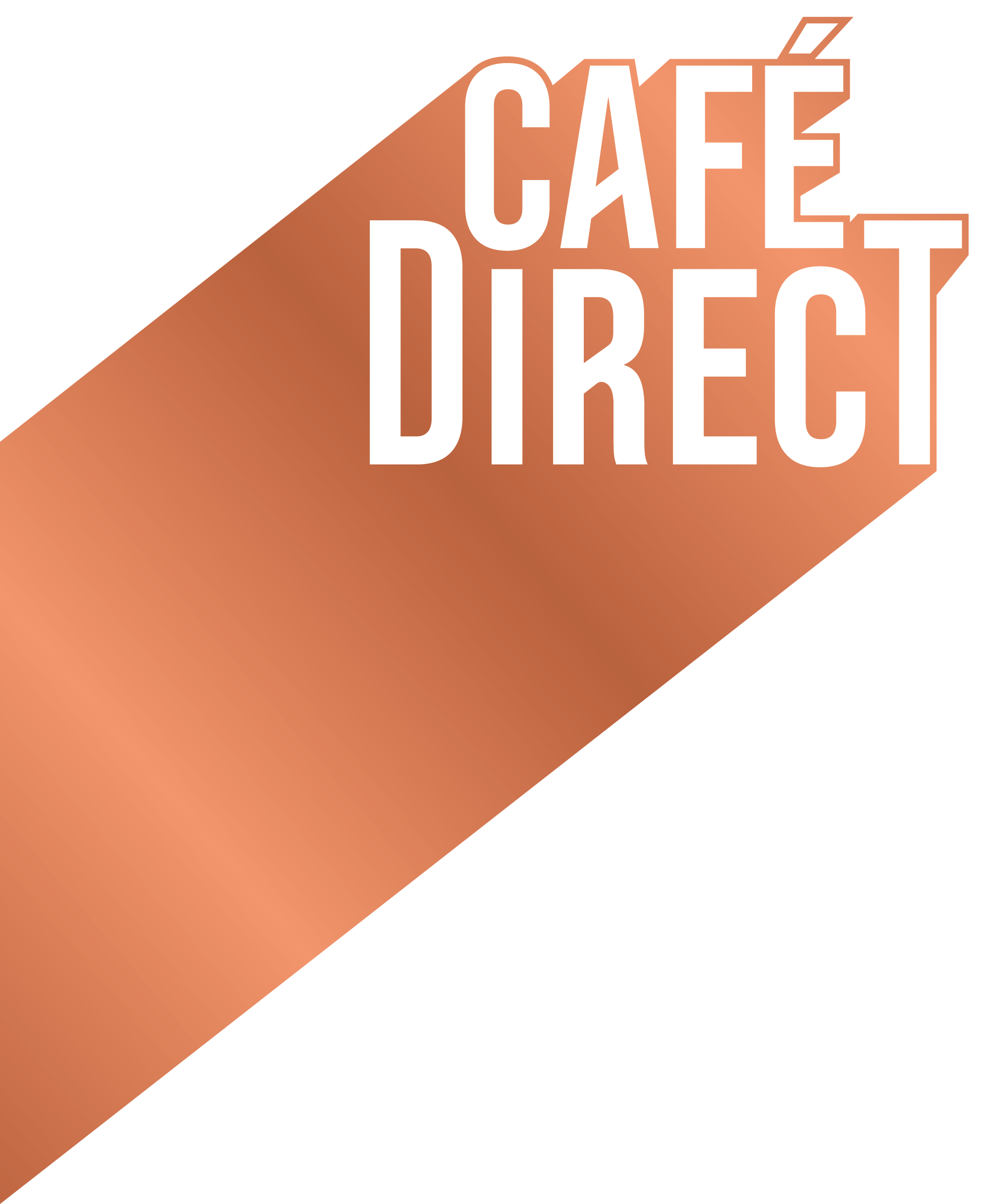
The Best Decaf Method For A Flavourful Cup

WHY DECAF?
Coffee is the single most consumed beverage in the world and one of the reasons for its popularity is the stimulatory effect of the caffeine it contains. For some, consuming caffeine can be a great way to boost mental alertness and bolster energy levels. However, some people prefer to avoid caffeine, usually for perceived health benefits or because they find its effects unpleasant. Even more so now with Covid-19 completely upending our daily routines, we find ourselves brewing more coffee than ever at home. This has increased the demand for decaf coffee further to satisfy our cravings for our favourite beverage without the jittery side effects or the inability to get a good night’s sleep after your working-from-home pick me up.
DECAF IS NOT FULLY DECAFFEINATED
Before we begin it is important to note that your typical cup of coffee is about 236 ml and will contain about 120mg of caffeine, for reference that is four times the amount in a can of Cola. If you are drinking decaf in the EU, you can expect there to be less than 0.1 mg of caffeine in your cup. If you were to drink decaf in the United States, at least 97% of the caffeine has been removed, so it will contain 3.6 grams of caffeine or less. If you are trying to avoid caffeine for a medical reason, it’s important to remember that decaf will still contain some caffeine.
A BRIEF HISTORY
The first commercially successful decaffeinating method was invented by German merchant Ludwig Roselius in 1903. The discovery was made during the transportation of coffee across the open ocean where seawater had contaminated the coffee sacks and when turned into drinkable coffee they found the taste remained yet the effects of caffeine had vanished. This led to the development of an initial decontamination process involving steaming the coffee beans with a variety of acids, with benzene being used as the solvent to remove the caffeine. Decaffeinated coffee in this way was sold around the world until health concerns related to benzene were discovered and this method was soon removed.
THE DIFFERENT DECAF METHODS
Sugar Cane Method
The Roaster’s Choice Decaf Popayan Reserve from Colombia is our decaf offering from the London Fields Roastery and if you love the taste and aroma of coffee but don’t want the caffeine kick then this coffee is perfect (you can also get a decaf coffee subscription, as well as other coffee subscription boxes, via our online shop).
The Sugar cane decaffeination process used for this coffee is truly unique. Many methods are adopting natural ways of removing caffeine such as using charcoal and sparkling water and for this method, the caffeine is extracted using a natural by-product of sugar cane and water. Unlike many other processes, this method avoids excessive temperatures and leaves the coffee with enhanced sweetness which when roasted helps the coffee maintain the natural structure and complexity of the coffee. This coffees delicate flavours are remarkably maintained which often take us by surprise when tasting it as we forget it has been decaffeinated such is the brightness of the orange acidity and sweetness of its chocolate notes.
Another advantage of this method is the process is developed and completed in Colombia. This allows for the verticalization of the supply chain reducing the carbon footprint of our product and the extra costs of shipping to decaffeination plants in Mexico or Germany. Thus increasing the profits for farmers to reinvest in their farms and communities and allowing all the revenue created from the cultivation and decaffeination of this coffee to stay within the country of origin.
CO2 Method
This method is a very clean and selective method to remove the caffeine. The process that the bean goes through is much less invasive and consequently, the results are remarkable.
The start of this process is similar to many others, the beans are immersed in water to mobilise the caffeine. However, in this particular method CO2 is introduced at high temperature and pressure. This CO2 is selective therefore only draws out the caffeine from the coffee beans; no other elements are removed using this process, preserving the integrity of the coffees origin and flavour as much as possible.
The CO2 which is rich in caffeine is then washed with water to remove the caffeine. The water now is caffeine-rich, so this just needs to be dried to successfully remove and isolate the caffeine. The CO2 is then repressurised and is recycled back into the process.
The Direct Solvent Method
The direct solvent process is a fairly straightforward method. The beans are steamed to expand the bean, giving it a greater surface area and therefore making it easier to extract the caffeine. The coffee beans are then soaked directly in a solvent to remove the caffeine. The solvent that is typically used is Methylene Chloride. After this process the beans need to be dried, this involves draining away the solvent and then steamed which aids the evaporation of what solvent is left on the bean.


25% off
your next order
Enjoy the world's best coffee, freshly roasted & delivered to your door. Sign up to our mailing list for a welcome pack and 25% off your next Cafédirect order!

Thanks for
joining our
mailing list
A welcome pack is on its way and you get 25% off your next Cafédirect order!
